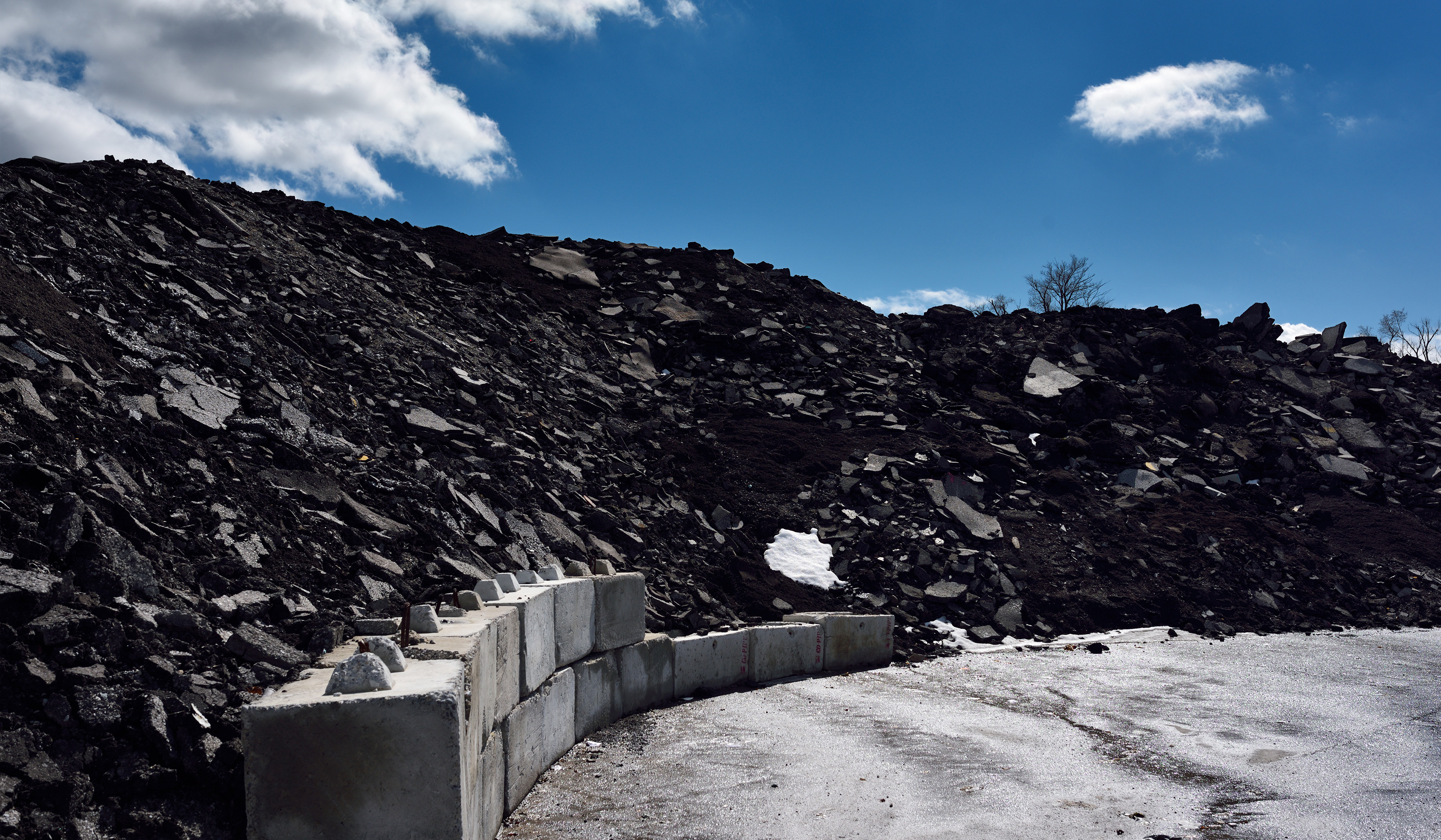
A group of researchers at MIT have published findings in the journal Scientific Advances of a breakthrough in the reuse of harmful carbon compounds (coal, tar, ...), with the potential for dirty carbon byproducts to be upcycled as parts of high-tech devices, as their chemical makeup makes them ideal materials for conducting electricity, insulating heat and even acting as magnets.
The researchers discovered a way to turn common carbonaceous materials such as coal, tar and pitch into a variety of useful components in high-tech devices. These materials are currently byproducts or becoming obsolete in the fuel industry, yet are chemically and structurally richer than their synthetic counterparts, giving them various physical, electrical, magnetic and other useful properties. Once the materials were transformed, the team were able to create prototypes of different machines, such as a supercapacitor to store electricity, a flexible strain gauge and a transparent heater.
Using a process called laser annealing, where materials are heated with a laser, the researchers created ultrathin layers of the materials and put them on a substrate, a surface on which chemical reactions are carried out. By selecting the right raw materials and varying the time and strength of the laser pulses, the team was able to control the various useful properties. The substrates were then used as components in numerous different gadgets and machines.
Until now, the question in the energy transition of what to do with the harmful emissions that already exist has been focused almost exclusively on carbon capture. But this promising new way to recycle carbon waste helps us imagine more useful alternatives. This repurposing method also may be less expensive, making it financially feasible to scale up the transformed materials for use in bulk operations.